Graphic Design Basic Concepts and Theories
Last Updated on July 1, 2024 by Ilka Perea Hernández
Graphic design involves the transmission of effective and aesthetically striking messages using images, symbols, and text. To carry out these types of projects, it is necessary to understand the basic concepts and theories of the terms that define them, as well as the theoretical bases that support them.
Graphic design is a creative activity in which art and science converge. Its main purpose is to communicate a message through visual language to persuade, inform, or convince a target audience. Detailing everything that graphic design covers is as difficult as unifying a definition of itself.
Certainly, the subjectivity of graphic design lies in the term it is based on, “design”. In order to know the basic concepts of graphic design, you should start by understanding what design is.
Table of Content
Design

What is Design?
The word design descends from the Italian word disegno. The closest concept to the one we have of “design” comes from the Italian whose verb disegnare means to draw (representation with graphic signs).
Understanding the meaning of “design” is essential for designers because it is the basis of our work and influences the results we create. Regardless of the branch of design, the objective is the user, and the goal is to satisfy a need or problem related to the user’s interaction with his environment.
Graphic Design
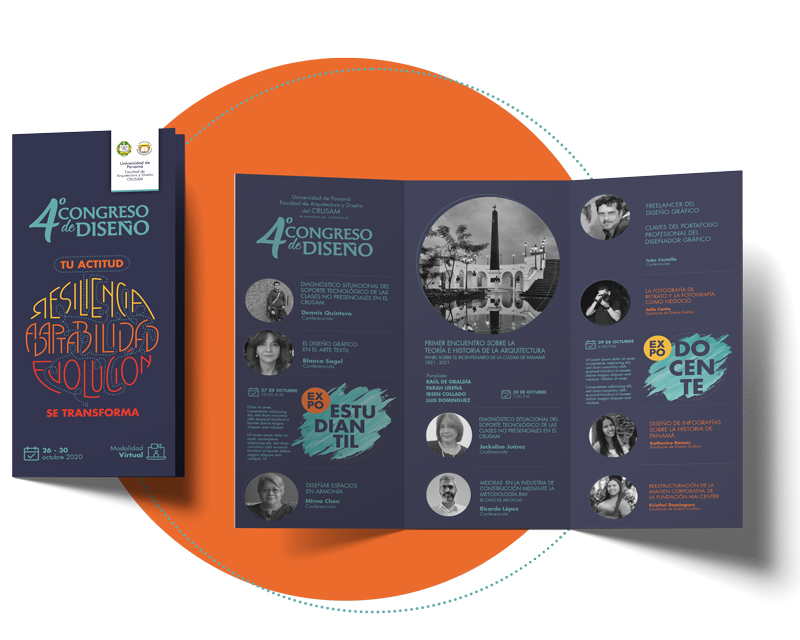
What is Graphic Design?
According to the American Institute of Graphic Arts (AIGA), graphic design is defined as “the art and practice of planning and projecting ideas and experiences with visual and textual content”. In other words, graphic design communicates ideas, messages, or information visually. It deals with projects as simple as the graphic interpretation of an icon or as complex as the design of a product catalog. Likewise, designers use a variety of visual methods to convey a message: photography, illustrations, typography, and animations.
Indeed, graphic design is a young discipline. Its term was first coined in 1922; that is, only in the last century. In addition, graphic design faces the subjectivity of its own nature. In other words, if you see a book, you can identify and point to its colors, typography, size, and figures; but if you had to point to “its design” you could not do it in such an objective way, using your finger; most probably, you will explain with subjective concepts what you appreciate as “its design”.
Concepts, Theories, and Principles
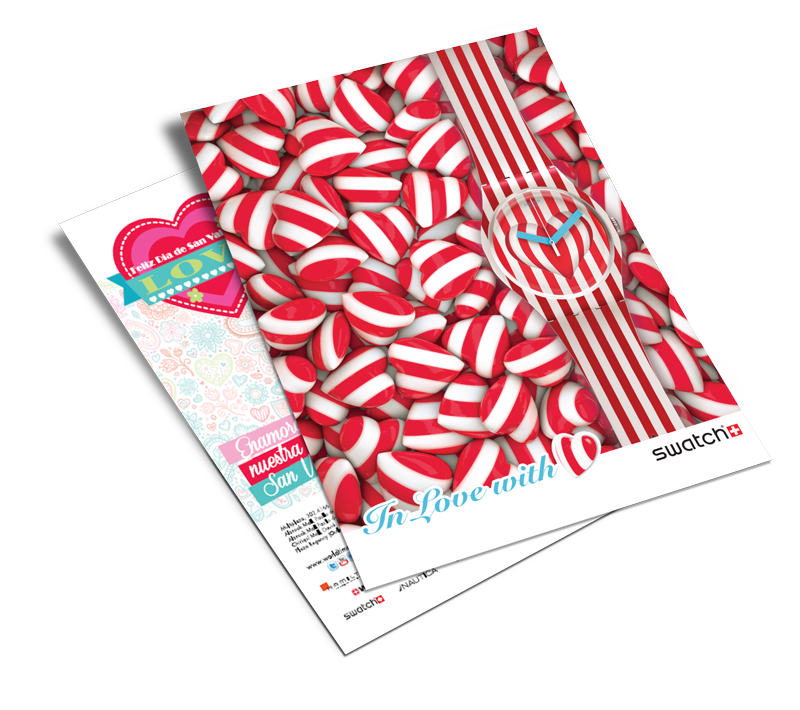
What are Graphic Design Basis?
Graphic design is visual communication, turning graphic designers into social communicators. They use semiotic, cultural, and artistic resources to communicate ideas, inform, and solve problems. Besides, graphic designers create visual concepts by hand or by computer to help others interpret the world around them through color, typography, shapes, texture, images, and symbols.
If the purpose is to convey a message, let’s think about what we need to build that message. Let’s imagine a toolbox full of concepts, principles, and theories. Learning about them allows us to know which, how, and when to use them.
Some of them that cannot be missed in the toolbox of a graphic designer are:
Visual Literacy
The term “visual literacy” was first coined in 1969 by John Debes, the International Visual Literacy Association founder. Visual literacy enables the reading and writing of visual content. It is a concept highly related to the visual arts and graphic design, but its application extends to the whole field of visual interaction and communication.
Visual literacy also is an ability to view any image as an abstraction, to understand what is happening in purely visual terms as well as knowing and unterstanding visual terminology. It involves training the eyes to see minute detail and being sensitive to color, shape, form, and line. It has little or nothing to do with content or style.
Rob Roy Kelly
Although visual literacy is an extensive topic that relates to composition, perception, and visual intelligence, there are some basic concepts that every graphic designer should know, such as the elements and techniques of visual communication.
Visual Communication
The responsibility of a graphic designer is to develop the relationship between the user and the visual design. They will focus on creating key graphic elements that fit into a larger visual communication process.
By definition, visual communication is the practice of graphically representing information to create meaning efficiently and effectively. It is one of the three main types of communication, along with verbal communication (speaking or writing) and non-verbal communication; for instance, tone and body language. Visual communication is believed to be the type that people trust the most.
Elements of Visual Communication
These elements serve as building blocks for more complex design principles and help convey messages, emotions, and narratives in a visually compelling way. In “A Primer of Visual Literacy”, Donis A. Dondis explains some visual communication elements:

Point
In visual literacy, a point is the most basic element. It is a position in space, representing the tiniest unit of visual information. Points are often used to draw attention or create emphasis within a composition.
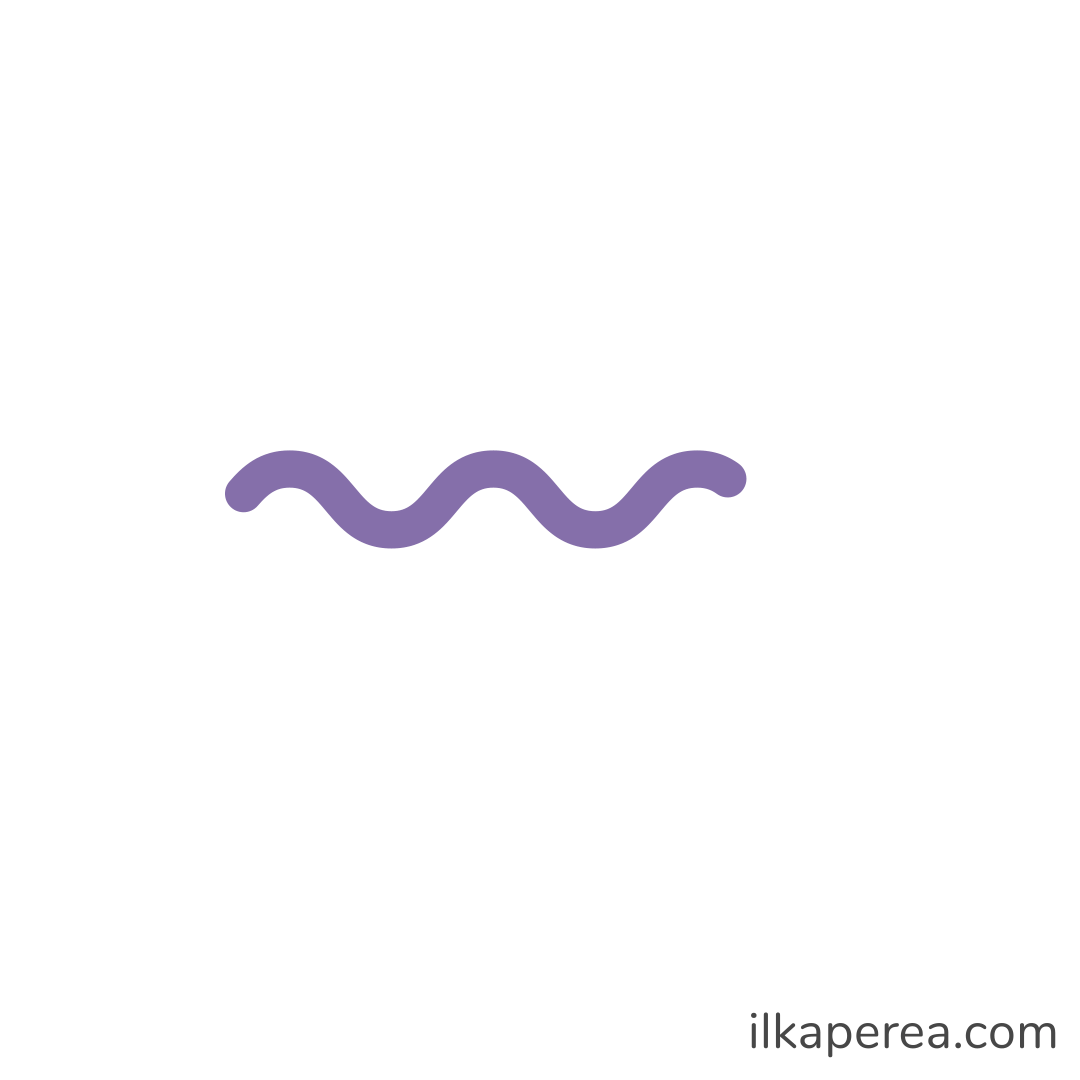
Line
Lines are dynamic elements that convey direction, movement, and flow within a composition. They can be straight, curved, thick, thin, or a combination of these attributes. Besides, they create borders, and patterns, and convey movement in designs.

Contour
Contour refers to the outline or boundary that defines the shape of an object. By manipulating contours, designers can evoke different emotions and convey varying degrees of abstraction.
Techniques of Visual Communication
According to Donis A. Dondis, “visual techniques offer the designer a wide range of means for the visual expression of content, existing in polarities on a continuous spectrum or as contrary and dissimilar approaches to meaning“.
The author of the book “A Primer of Visual Literacy” makes an effort to explain some of these techniques, mentioning balance vs. instability, symmetry vs. asymmetry, unity vs. fragmentation, and economy vs. profusion, among others.
Gestalt Principles
Gestalt principles are a set of theories that describe how humans perceive and interpret visual information. These principles are often applied in several fields, including graphic design, to create visually appealing and effective designs. Some Gestalt principles relevant to graphic design are proximity, similarity, closure, figure-ground, continuity, common fate, symmetry, and simplicity.
Other Key Concepts
For his side, Richard Poulin, in his book “The Language of Graphic Design” also contributes to the subject, considering the following elements:

Image
Images can be a powerful force in design. An image is a visual representation that manifests the visual appearance of a real or imaginary object. They are the hook that attracts the viewer.

Color
While the image is powerful, color is its energy. Color can communicate feelings and emotions by itself. As one of the main visual elements, color enhances the psychological character of any visual message.
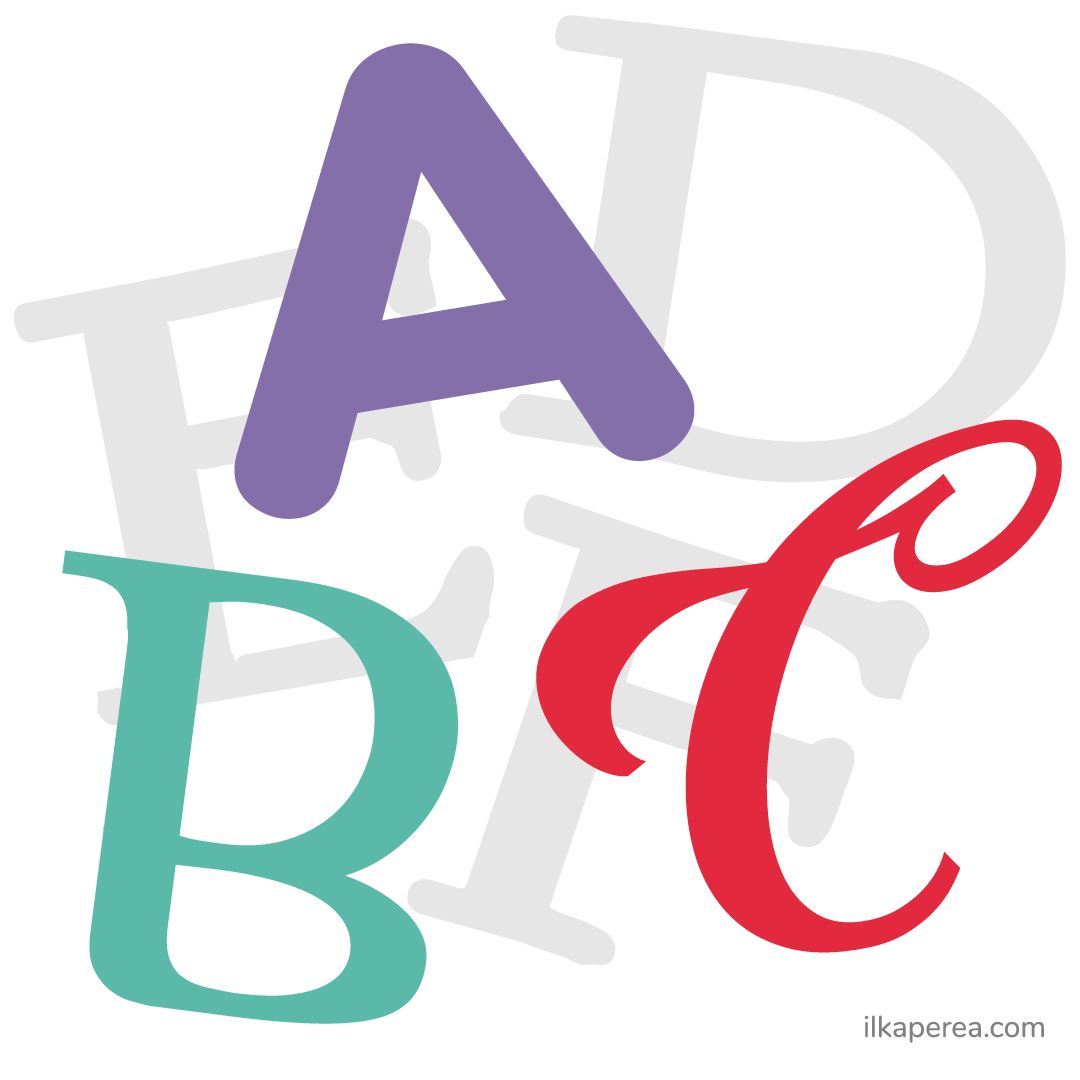
Typography
Typography has a dual function. It is not only visual communication but also verbal communication. Thanks to typography, one can read a text. Also, graphic designers can give that text a character or personality by choosing determined typography.
Some Insights
Visual literacy requires understanding, analyzing, and differentiating an image, recognizing the type of visual signs and their different meanings, and choosing the color and typography that conceptualize the idea, personality, or feeling to be transmitted.
Developing these skills takes time and practice. Like any language, visual language takes time to learn and master. So don’t fall into despair, thinking it’s a difficult subject. In the beginning, all designers face this challenge.
In my case, I read several books that served as stepping stones to advance my career. I would like to recommend two of those extraordinary books that could help you learn and improve your visual intelligence:
- The Language of Graphic Design by Richard Poulin
- A Primer of Visual Literacy by Donis A. Dondis

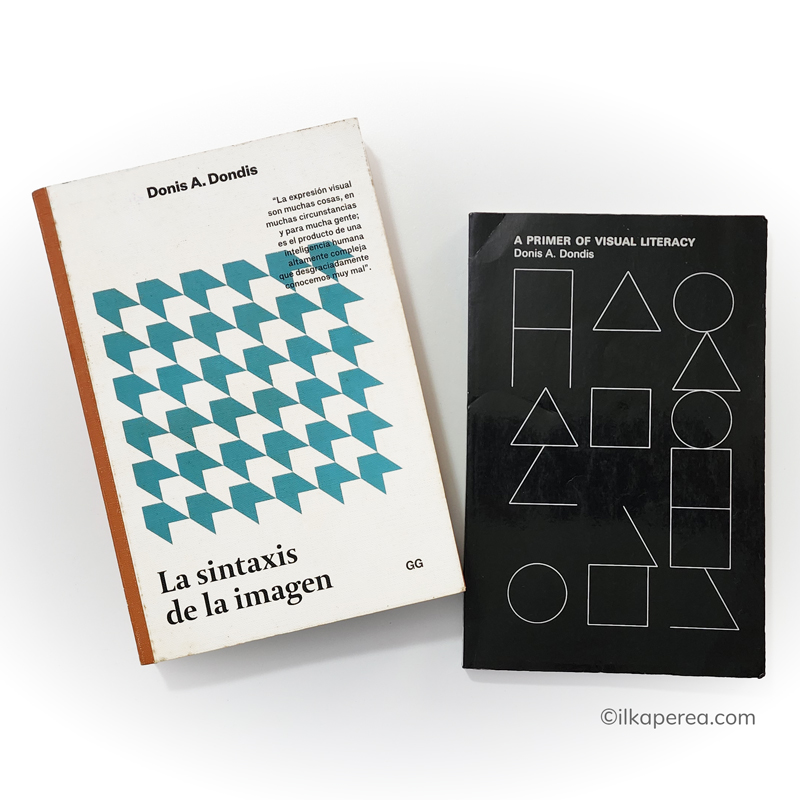
Any Thought?
In the comments section, tell me if you already knew about these concepts and principles of graphic design. Do you find any concept difficult to understand? Have you read any books on graphic design that you would like to recommend?
Cite this post
- APA Style:
Perea Hernandez, I. (2018, January 30). Graphic design basic concepts and theories. Retrieved [insert current date] from https://ilkaperea.com/2018/01/30/graphic-design-basic-concepts-and-theories/ - Chicago Style:
Perea Hernandez, Ilka. “Graphic Design Basic Concepts and Theories.” Ilka Perea Blog, January 30, 2018. Accessed [insert current date] https://ilkaperea.com/2018/01/30/graphic-design-basic-concepts-and-theories/. - MLA Style:
Perea Hernandez, Ilka. “Graphic Design Basic Concepts and Theories.” Ilka Perea Blog, 30 January 2018, https://ilkaperea.com/2018/01/30/graphic-design-basic-concepts-and-theories/. Accessed [insert current date]. - Harvard Style:
Perea Hernandez, I. 2018. Graphic design basic concepts and theories. Available at: https://ilkaperea.com/2018/01/30/graphic-design-basic-concepts-and-theories/ (Accessed [insert current date]).

Share
Spread the love… and this post!
If you liked it, share this post on your social networks. Smart designers share good things with others.
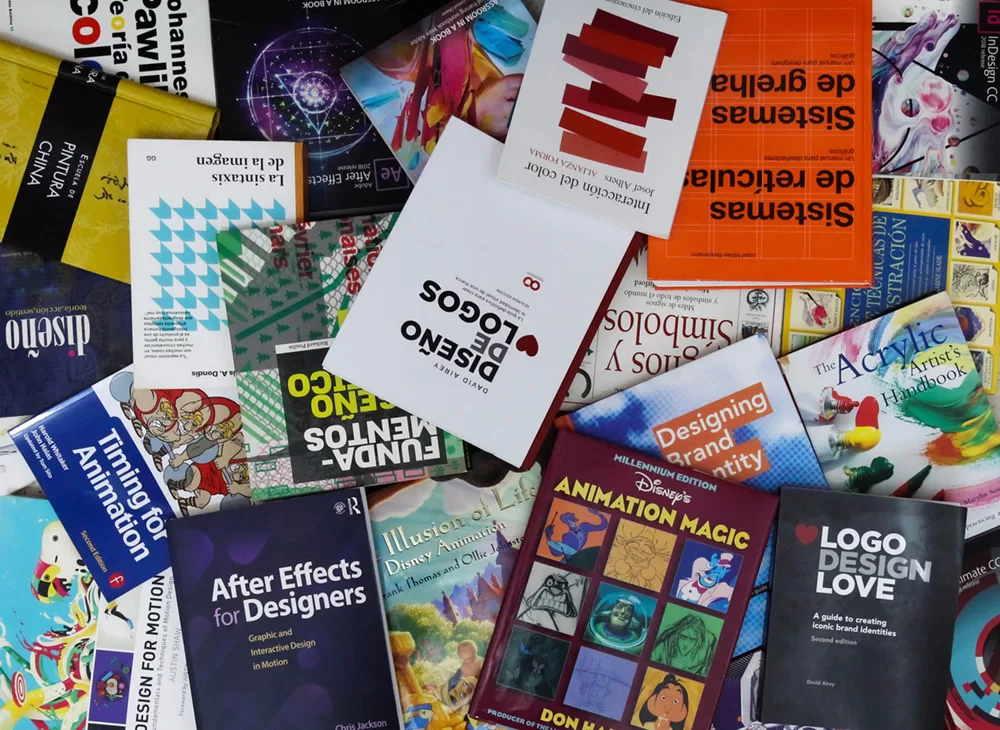
Bibliography
- Campi, I. (2020). ¿Qué es el diseño? Editorial Gustavo Gili.
- Dondis, D. A. (1973). Primer of Visual Literacy. The MIT Press.
- Malamed, C. (2009). Visual Language for Designers: Principles for Creating Graphics That People Understand. Rockport Publishers.
- Munari, B. (2019). Diseño y comunicación visual: Contribución a una metodología didáctica (2a ed.) Editorial Gustavo Gili.
- Poulin, R. (2018). The Language of Graphic Design Revised and Updated: An illustrated handbook for understanding fundamental design principles. Rockport Publishers.

